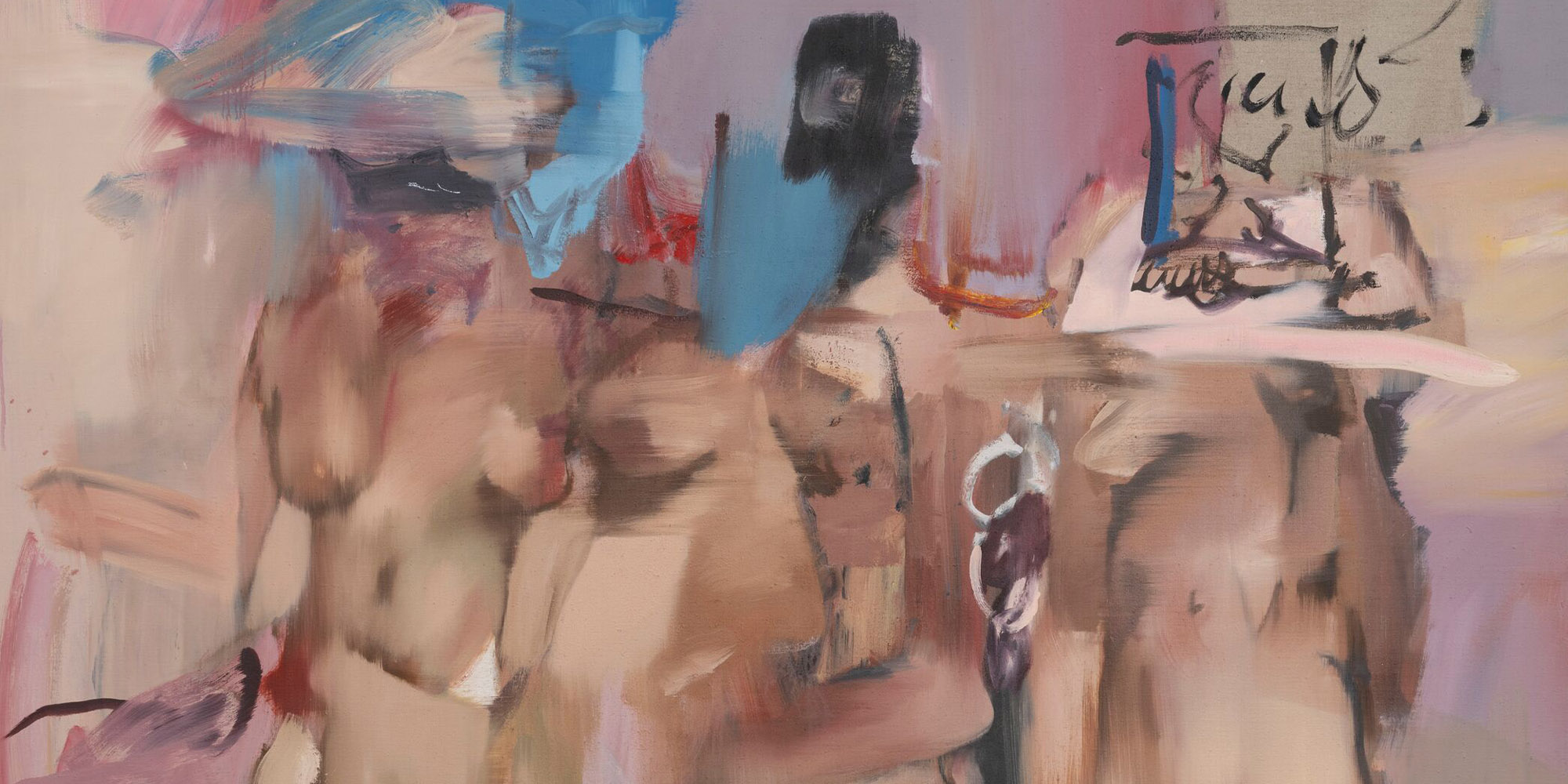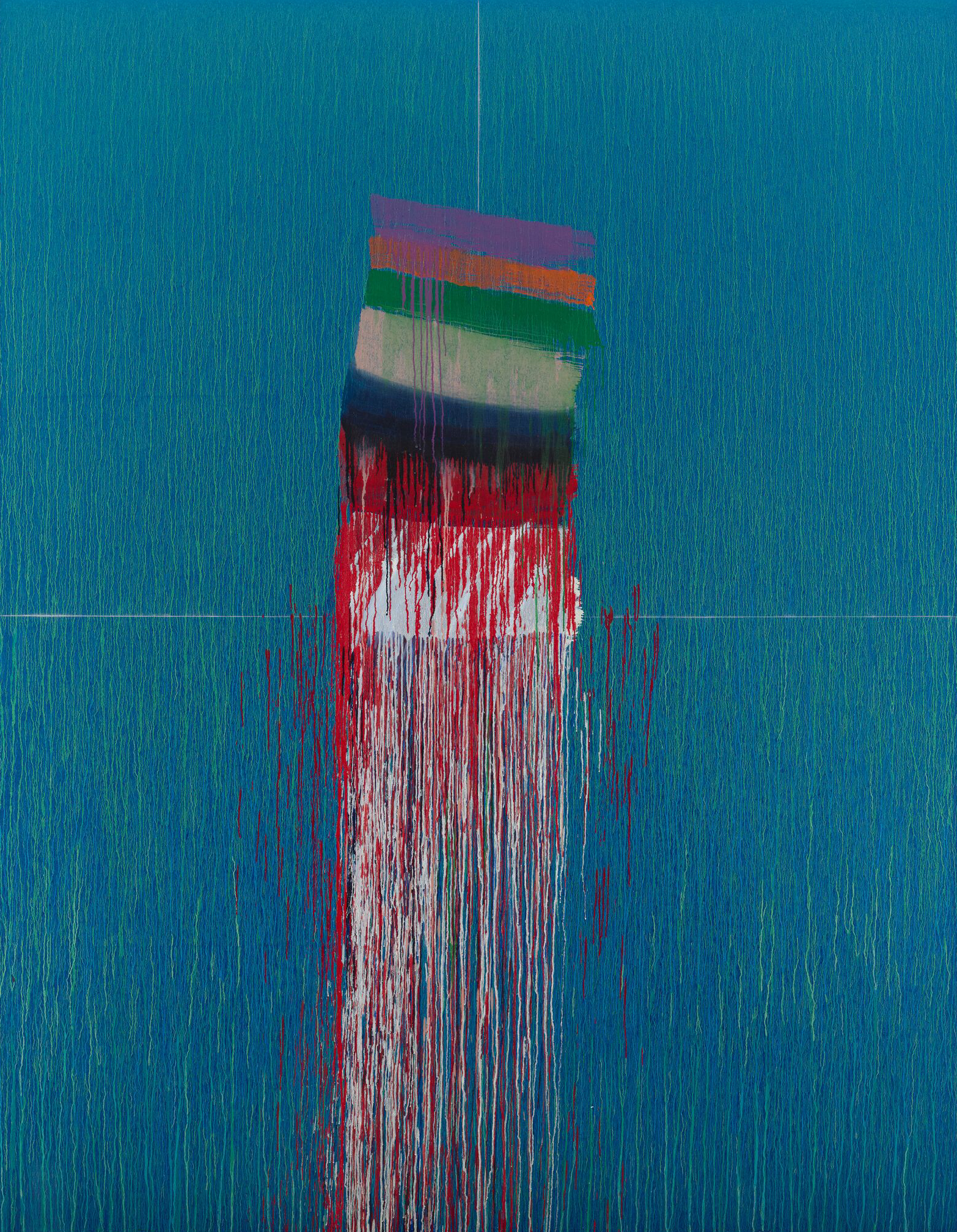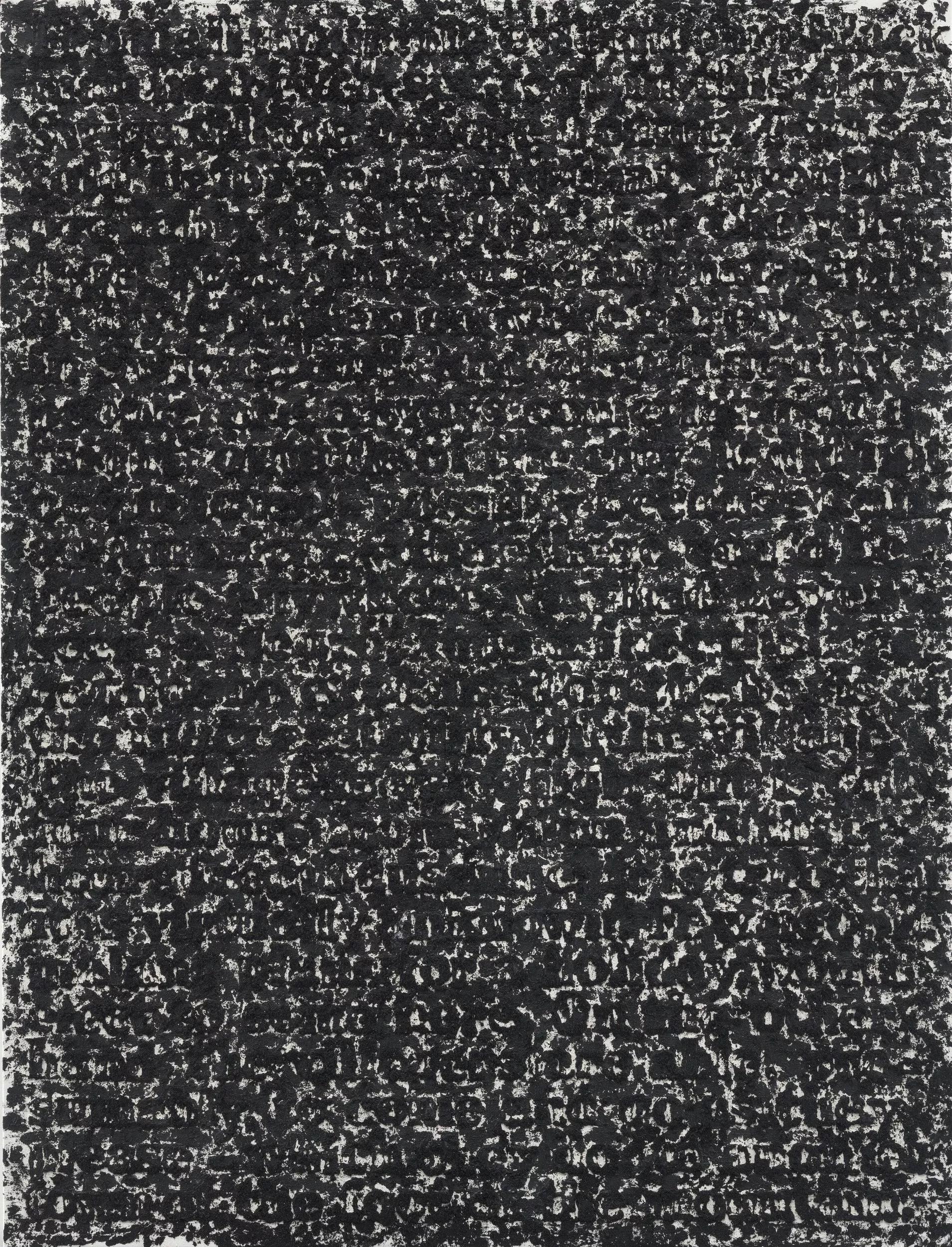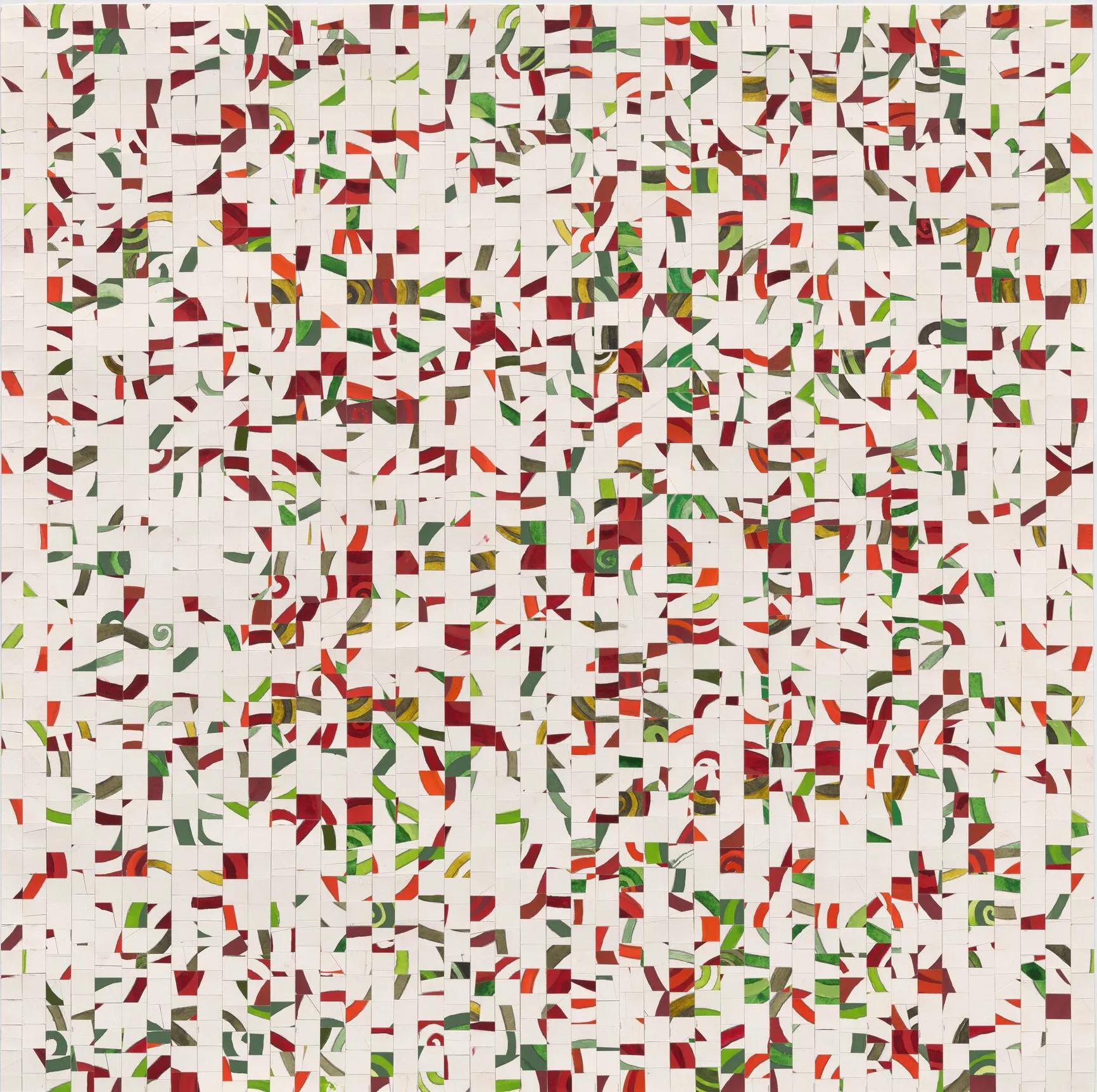
Guillermo Kuitca
September 24 - November 8, 2008
London
Guillermo Kuitca is a painter of space, an organiser of emptiness. While thick with proliferate marks and signs, absence pervades his pictures: “I always have the idea that my work does not start out from a blank canvas, but goes towards it.” Through diagrammatic schema — maps, architectural designs, seating and lighting plans, always seen from above — and iconographic imagery from Modernist art history and religion, Kuitca effects an erasure, emptying and displacing content. Sixteen new oil paintings — some almost four metres long — and nine mixed-media on paper works are on display at both Hauser & Wirth’s Piccadilly and Old Bond Street galleries. These revisit the most radical explorations of space and surface in twentieth century painting, amnesiac territories resulting from dissolved maps, and the mental space invoked through the Christian symbol of a crown of thorns. Kuitca’s new paintings have developed from a series shown last year at Ateneo Veneto, for the Argentine Pavilion of the Venice Biennale. To make them, he let human movement at its most elementary dictate his work. Kuitca paced to and fro in front of his canvases, marking them with short diagonal strokes as he walked, echoing a revelation he experienced at the age of nineteen that has influenced all his mature work: seeing the theatre of the avant-garde choreographer Pina Bausch in Buenos Aires, he was struck by her dictum that 'walking is enough'. Confined to this minimum, the smallness of human movement is posed against an awareness of the vastness of the unknown. This contrast, pitting the intimate against the infinite, lies at the heart of Kuitca’s practice: “I am interested in the major contradiction between a medium like painting, which is so specific and partial,” he has explained, “and the abyss of an enormous knowledge of things.” The paintings in the main space at the Piccadilly gallery re-imagine Cubism, sampling its stylistic elements. Instead of the multiple viewpoints of a single, roving perspective intent upon conveying the experience of looking, Kuitca’s works characteristically fracture maps and diagrams, disintegrating the impersonal representations of things rather than things themselves. Many of these works include architectural plans, labyrinthine depictions of territorialized, anonymous space. Physically bigger than Analytical Cubist paintings, Kuitca’s envelope the viewer, inviting immersion and disorientation. Others take Fontana’s slashed canvases as their starting point, translating the brutal immediacy of the Italian artist’s gesture into precisely painted marks that rhythmically pace the pictures. Illusionistically wounding Kuitca’s canvases, these mock incisions point to the humour and light-footedness of his practice, revealed here in his ability to generate a powerful poetics of dislocation while setting up a fictive showdown with long-dead members of the Modernist canon. On the mezzanine is Trois études pour une femme perdu (2008) — sparse depictions of a figure lost in space. The most recent of all the works in the show, its motif is also Kuitca’s most long-standing and essential — that of an individual confronting an expanse of the known unknown; a stripping of the complexities of his other paintings in the exhibition to reveal their basic poetic core. Works in the American Room upstairs submit to a more fluid means of movement. Facing a long painting in which migrant splinters of a map blizzard the image, presenting a maelstrom of disconnected information, are eight digital drawings. In these maps and architectural plans have been manipulated with water, dissolving their inks and displacing the details they harbour into a slew of seeping fragments. The spillage of pigment encourages slippages in meaning, suffusing the drawings with associations: of Borgesian merger of fact and fiction, of emotional tempest, of diaspora and dispossession. A single work occupies the downstairs vault room, Untitled (2006), featuring abstract black marks that read almost as musical notes — a vital and frenzied score, in fact originated from an imagined view of stage lights seen from above. More cryptic than the other works in the exhibition, here Kuitca turns his focus from the conventional audience view of theatre or dance to the mechanisms that determine how it’s seen. The opulent crimson damask of the Red Room at Old Bond Street is the setting for six new works, which marry Fontana-esque slashes and a tangled crown of thorns (a symbol that Kuitca has used since 1994), evoking Christ’s sufferings and lacerated body. “The thorns seemed to me to be the maximal point,“ he has said, “the peak towards which all religious iconography is aimed. I liked the idea of playing with a kind of religious chaos. As if religion were to be seen as the greatest state of confusion of the human race.“ Guillermo Kuitca was born in 1961 and lives and works in Buenos Aires. His works are held in major collections including MALBA, Buenos Aires, The Metropolitan Museum of Art and MoMA, New York, Tate Modern, London, Stedlijk Museum, Amsterdam and Hirshhorn Museum and Sculpture Garden, Washington DC. He represented his nation last year at the 52nd Venice Biennale and his major solo exhibitions include Gallery Met, The Metropolitan Opera, New York (2007), Daros Exhibitions, Zurich (2006), Museo National Centro de Arte Reina Sofia, Madrid (2003), Foundation Cartier pour l’art contemporain, Paris (2000), The Whitechapel, London (1995), MoMA, New York (1991) and Kunsthalle Basel, (1990). A major retrospective of his work opens at the Miami Art Museum in 2009 and travels to the Albright-Knox Gallery, Buffalo NY, Hirshhorn Museum and Sculpture Garden, Washington DC, and Walker Art Centre, Minneapolis MN. A catalogue featuring an essay by Robert Storr and published by Steidl Hauser & Wirth accompanies the exhibition. The exhibition has been designed by the architect Tom Postma.
Installation views
About the Artist
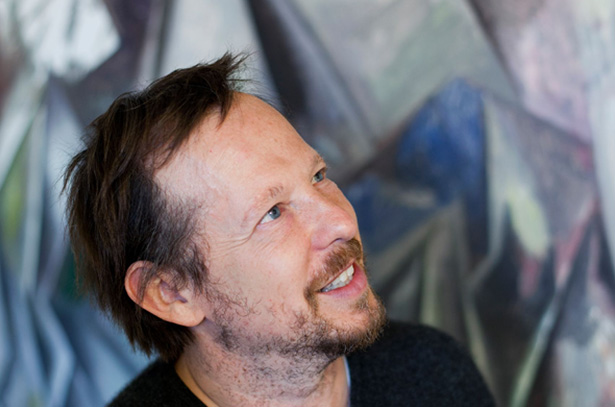
Guillermo Kuitca
Born in 1961 in Buenos Aires, where he continues to live and work, Argentine artist Guillermo Kuitca draws on a range of iconography, including architectural plans, maps, theaters, musical scores and domestic spaces to produce an oeuvre that explores themes of history, memory, structured absence, sound and silence and the...
Current Exhibitions
1 / 10





























